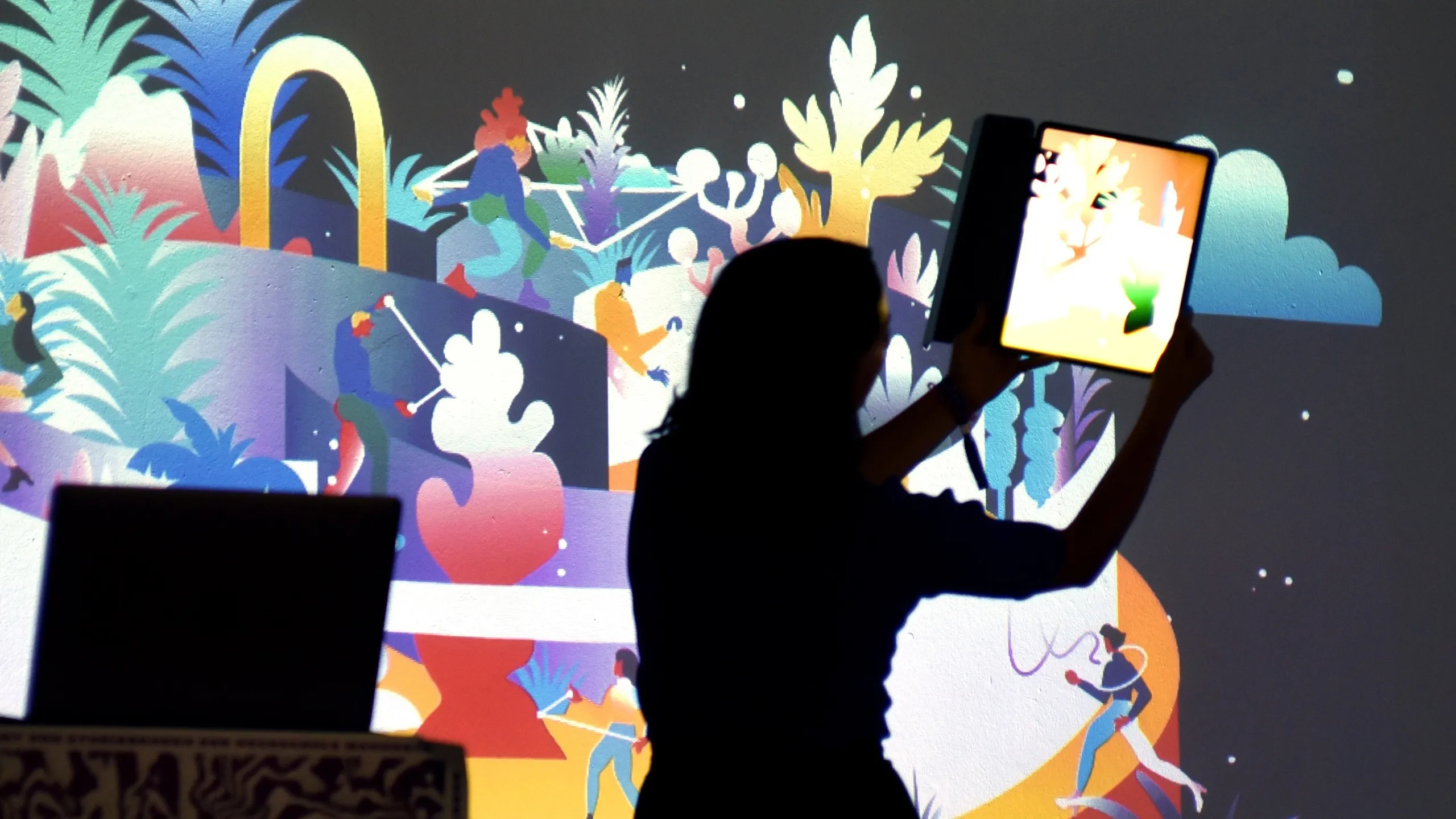Augmented Reality (AR) art merges the physical and digital worlds, offering a unique and interactive experience that captivates viewers. By overlaying digital content onto the real world through a device such as a smartphone or AR glasses, artists can create immersive pieces that engage audiences in new and exciting ways. Here’s a comprehensive guide on how to create augmented reality art.
1. Conceptualize Your Idea
Before diving into the technical aspects, it’s crucial to have a clear concept. Consider the following:
- Purpose: What message or experience do you want to convey?
- Audience: Who will be viewing and interacting with your art?
- Medium: Will your AR art be viewed through smartphones, tablets, or AR glasses?
2. Choose Your Tools and Software
There are various tools and software available for creating AR art. Some popular options include:
- Adobe Aero: User-friendly and designed for artists, it allows you to create AR experiences without coding.
- Unity with Vuforia: A powerful combination for more complex and interactive AR projects.
- Blender: A free 3D modeling software that can be used to create digital assets for your AR art.
3. Create Digital Assets
Digital assets are the elements that will be overlaid in the real world. These can include:
- 3D Models: Use software like Blender, Maya, or 3ds Max to create detailed 3D models.
- 2D Graphics: Design 2D elements using tools like Adobe Illustrator or Photoshop.
- Animations: Bring your models and graphics to life with animations created in software like Unity or After Effects.
4. Develop the AR Experience
Once your digital assets are ready, it’s time to develop the AR experience. Here’s a step-by-step approach:
- Import Assets: Import your 3D models, 2D graphics, and animations into your chosen AR platform.
- Positioning and Scaling: Adjust the position and scale of your assets to ensure they fit well in the real-world environment.
- Interactivity: Add interactive elements such as touch gestures, movement triggers, or voice commands to make the experience more engaging.
- Testing: Regularly test the AR experience on different devices to ensure compatibility and smooth performance.
5. Integrate AR Markers or Location-Based Triggers
AR experiences can be triggered in several ways:
- Markers: Use QR codes, images, or physical objects as markers that, when scanned, trigger the AR content.
- Location-Based: Utilize GPS data to trigger AR experiences in specific locations. This is particularly useful for outdoor installations or public art projects.
6. Publish and Share
Once your AR art is complete, it’s time to share it with the world:
- App Stores: Publish your AR experience as an app on platforms like the Apple App Store or Google Play Store.
- Social Media: Share your AR art on social media platforms that support AR, such as Instagram or Snapchat.
- WebAR: Use WebAR technologies to make your AR art accessible through web browsers, eliminating the need for a dedicated app.
7. Promote Your AR Art
To reach a wider audience, consider the following promotional strategies:
- Social Media Campaigns: Create engaging posts and stories showcasing your AR art.
- Collaborations: Partner with influencers or other artists to expand your reach.
- Exhibitions: Participate in art exhibitions or AR festivals to showcase your work.
8. Gather Feedback and Iterate
After launching your AR art, gather feedback from users to identify areas for improvement. Use this feedback to make necessary adjustments and enhance the overall experience.
Conclusion
Creating augmented reality art is an exciting and innovative way to blend the physical and digital worlds, offering audiences a unique and interactive experience. By following these steps—conceptualizing your idea, choosing the right tools, creating digital assets, developing the AR experience, integrating triggers, publishing, promoting, and iterating based on feedback—you can create captivating AR art that pushes the boundaries of creativity and technology.
Embrace the endless possibilities of AR art and let your imagination soar, transforming the way people experience and interact with art in the modern world.
